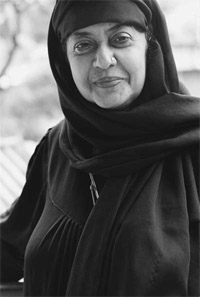Dec 15, 2025
Dec 15, 2025
 Speaking about Kamala Das – alias Kamala Suraiyya – her poetry is the most moving and tortured. There is a sexual ‘brazenness to her persona’, which barely hides her inner ferment. Credited as the most outspoken – and even controversial – writer, Kamala Das earned fame as the ‘voice of women’s sexuality’.
Speaking about Kamala Das – alias Kamala Suraiyya – her poetry is the most moving and tortured. There is a sexual ‘brazenness to her persona’, which barely hides her inner ferment. Credited as the most outspoken – and even controversial – writer, Kamala Das earned fame as the ‘voice of women’s sexuality’.
07-Jun-2009
More by : Rajdeep Pathak